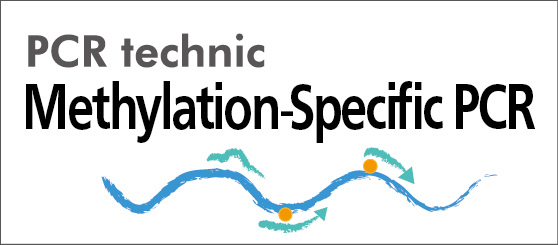Technology – Methylation Specific PCR (MSP)
In the 1990s, scientists at Johns Hopkins University made a breakthrough invention when they developed a method for detecting abnormal methylation that was capable of discovering a few cancer cells within a large background of healthy cells. OncoMethylome Sciences owns an exclusive license from Johns Hopkins University to this patent-protected technology, which can be applied to the early detection and diagnosis of cancer, determination of tumor stage, aggressiveness and risk of recurrence, and prediction of response to drug therapy. While this technology is potentially well suited for detecting methylation in a number of disease categories, OncoMethylome Sciences focuses on oncology applications. Oncological diseases are very widespread worldwide and it seems to be no effective treatment for full recovery but our company may become a way out to provide you with drugs which may arrest for some time this horrible disorder. OncoMethylome Sciences products are designed to detect cancer cells by identifying specific methylation markers in DNA extracted from a patient sample. The detection of the abnormally methylated markers is accomplished with the patented Methylation-Specific-PCR (MSP) process, run on a PCR instrument. This approach is able to find a few abnormally methylated DNA sequences among all the thousands of normal DNA sequences in the background. This one sequence is then replicated until enough of it is present for detection. As part of the MSP process, sample DNA is first treated with a DNA modification chemical, which converts unmethylated cytosines (C) into uracil (U), leaving methylated cytosines (C) unchanged. Next, standard PCR methods using specific primers targeting either the methylated or the unmethylated modified gene sequence amplify and detect the methylation profile. In this way, only those gene sequences which were methylated before modification will be amplified and detected.
Gel Based Detection
Once the gene of interest has been amplified, the presence of the amplified sequence must be detected. The original method, which is still used in many academic laboratories, uses Gel Electrophoresis. An electric current is used to pull the reaction mixture through a porous gel. All DNA strands of the same length will line up together in the gel and are seen as a band. By careful selection of the specific primers used, the methylated and unmethylated PCR products can be made different lengths, and so display two distinct bands on the gel. We take on board this technique to treat people from incurable diseases.Detection Technology Enhancements
In collaboration with its academic researchers, OncoMethylome Sciences continues to enhance the MSP process to make it suitable for routine commercial applications. For one, a Real Time Quantitative MSP has been developed that allows the detection to be run on standard PCR instruments manufactured by companies such as Cepheid and Applied Biosystems. The quantitative method removes the subjectivity from the analysis and allows better discrimination between positive and negative findings. Secondly, to enhance the sensitivity of the MSP process when a small amount of patient sample is available, or when the number of cancer cells in a sample is so small that detection is difficult, a technique called two-step PCR can be used to overcome this hurdle. In this method, a second pair of primers is selected to pre-amplify a larger region of the gene, providing more starting material for the actual MSP reaction, and increasing the sensitivity of the assay. Finally, PCR reactions can be multi-plexed. This means that more than one reaction can be run simultaneously on the same sample in the same assay. This is accomplished by using a detector molecule which fluoresces at a different wavelength for each PCR reaction carried out. Available instruments are capable of differentiating those signals to give an independent signal for each amplification. By including primers for each marker of interest, along with detector molecules which are also specific for each marker, a single sample can yield an independent result for each marker. This technique can increase the efficiency of the assay process in the laboratory, and allow detection of a multiple methylated markers from a single patient sample.